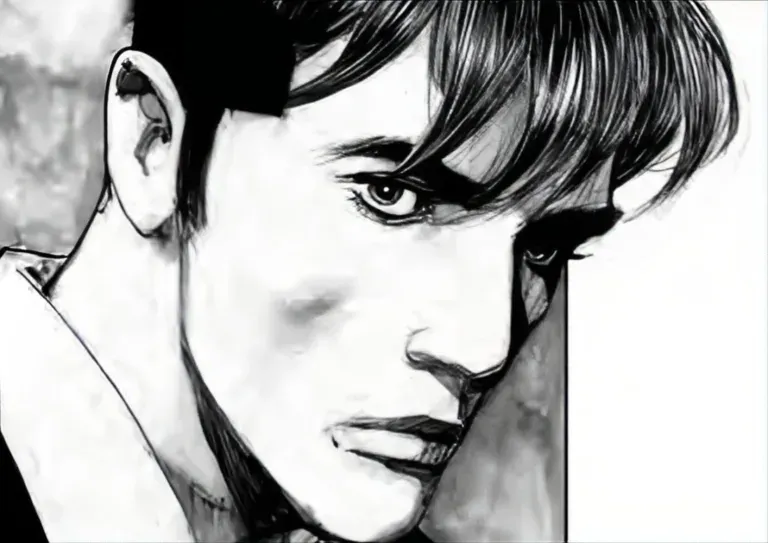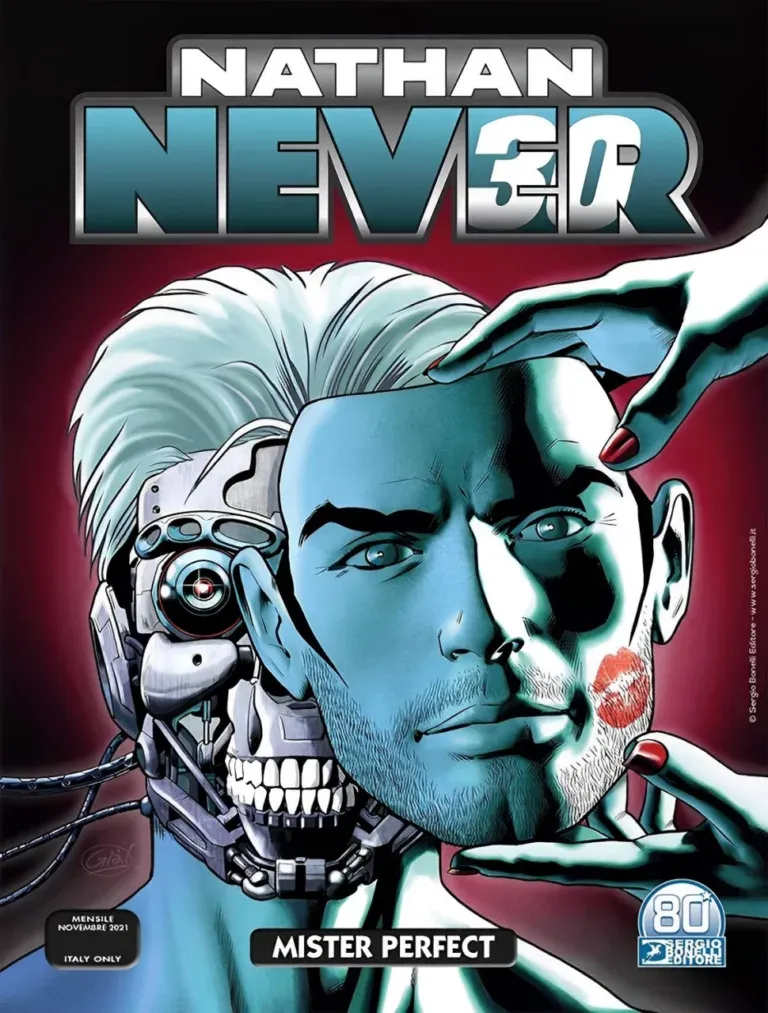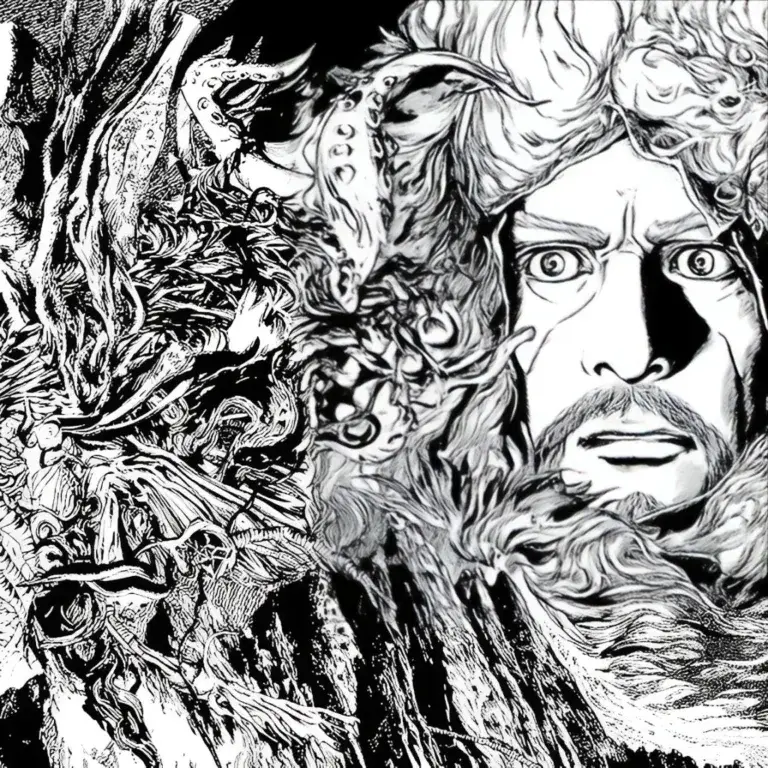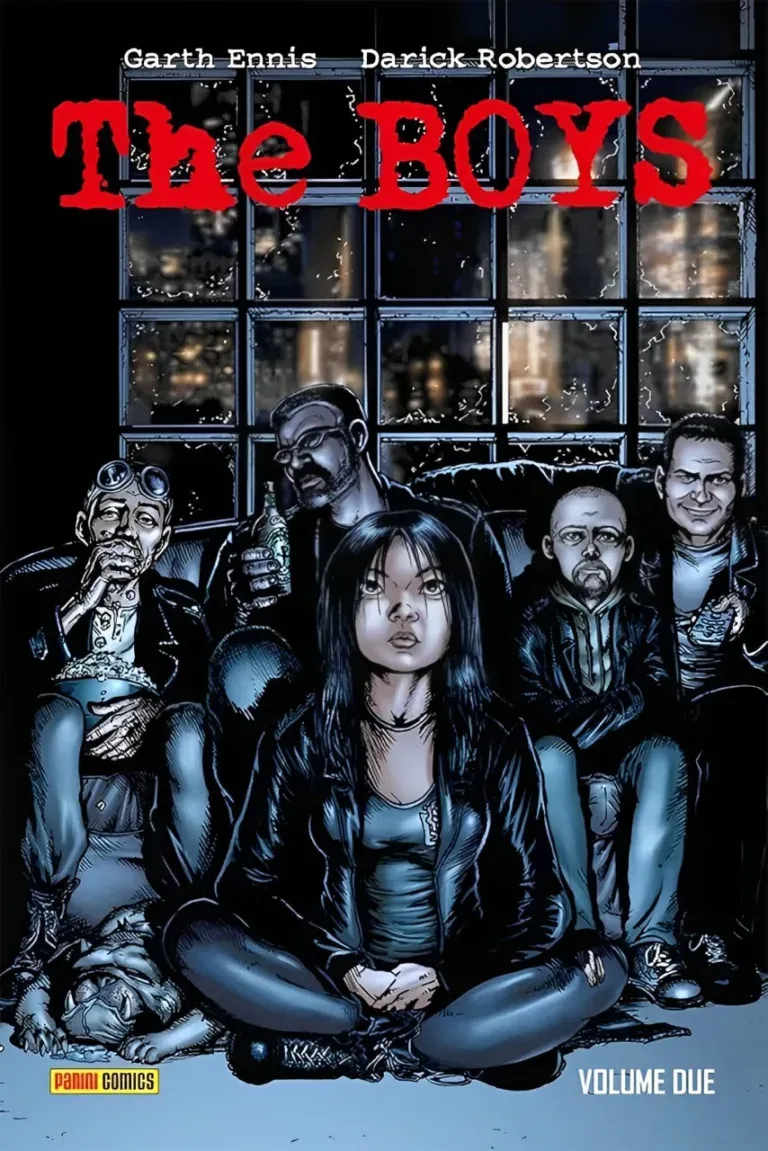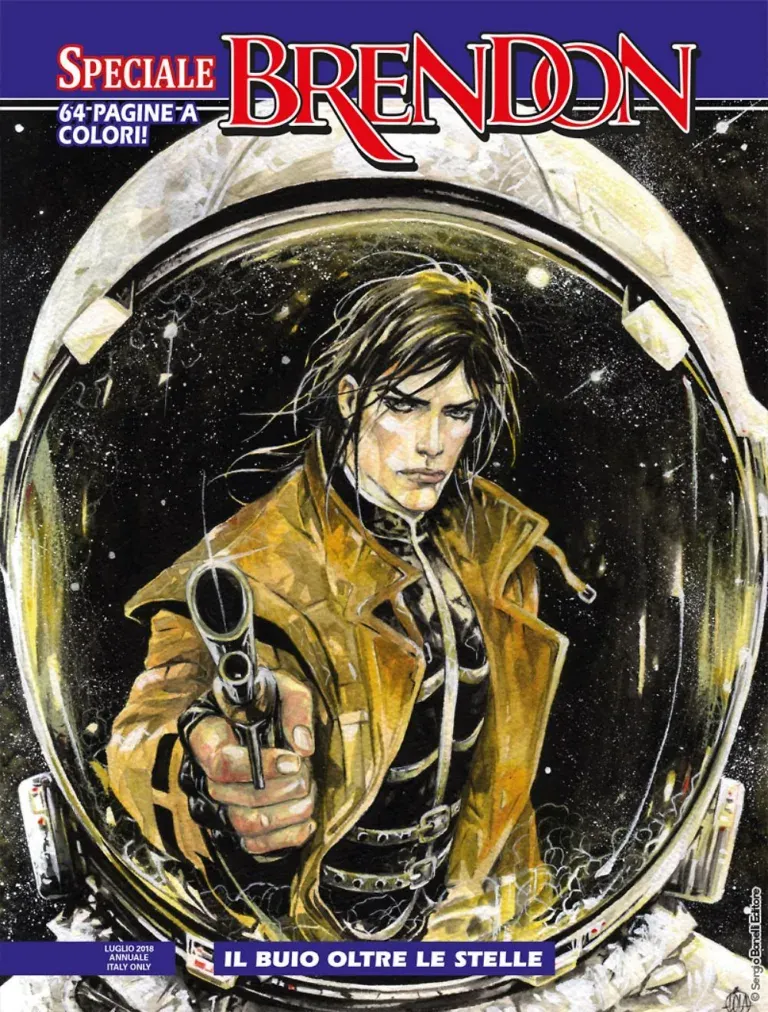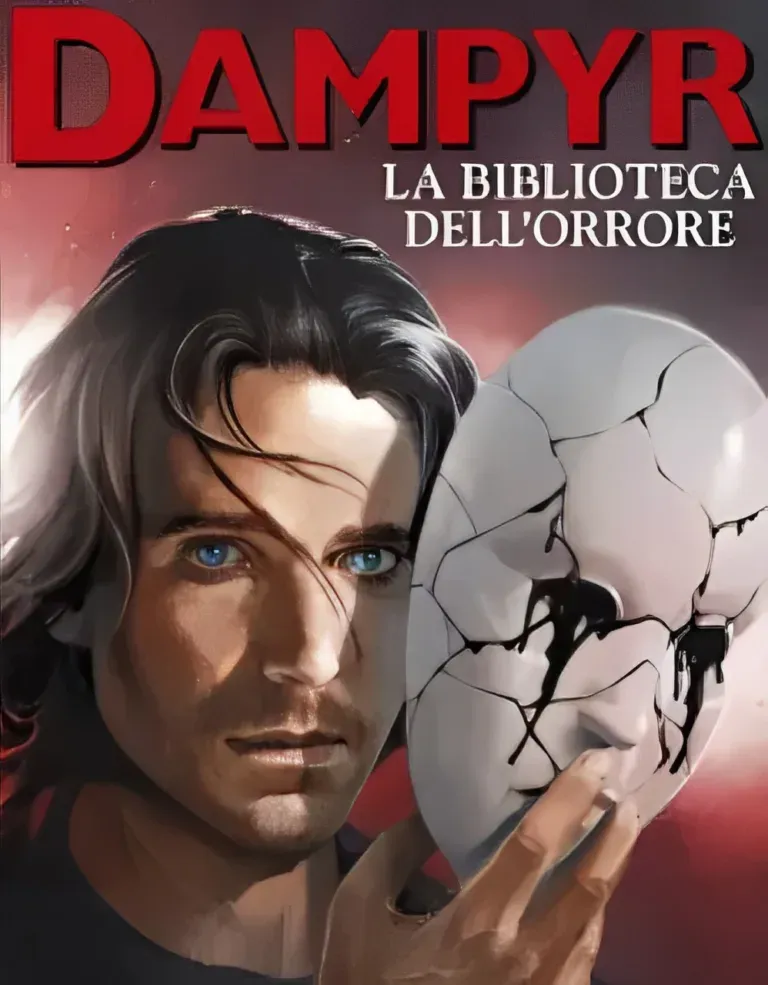John Doe
John Doe is one of the most representative works of modern Italian comics, created by Lorenzo Bartoli and Roberto Recchioni. Published between 2003 and 2012 by Eura Editoriale (later Editoriale Aurea), the series stands out for its mix of action, irony, and social critique. The idea of following the story of a “Death’s accountant” who decides to rebel against the divine system is a concept that combines existential themes with a pop and pulp aesthetic.
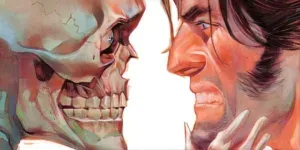
Plot and Themes
John Doe is an ordinary man, or so it seems: he works for Death as the administrator of souls to be reaped. When he realizes the system is corrupt and manipulated by higher entities, he decides to take his destiny into his own hands. The story unfolds in action-packed narrative arcs, addressing themes ranging from free will to the ethics of power. The episodic structure allows the exploration of various settings and characters, creating a dynamic and often unpredictable narrative.

Narrative Style and Artwork
Bartoli and Recchioni combine witty, ironic dialogue with a fast-paced rhythm that keeps readers hooked on every page. The graphic style varies depending on the artists involved but consistently maintains a high quality, capable of alternating moments of visual rawness with frames that have an almost cinematic cut. The use of black and white enhances the noir and dramatic atmosphere, making each panel striking and memorable.
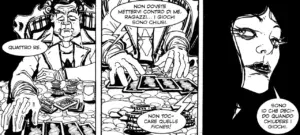
Main Characters
In addition to John Doe, standout characters include Death, portrayed in an unconventional way, and his allies/rivals like Time, War, and Famine. Each of them embodies symbolic aspects but also has a concrete, three-dimensional characterization. The presence of supporting characters like Aurora, John’s faithful adventure companion, adds emotional depth to the narrative.

Impact and Legacy
“John Doe” was a revolutionary comic for the Italian market. It anticipated a more modern and international approach to serialized storytelling, paving the way for more experimental works to follow. Despite concluding after 99 issues, the series left an indelible mark, proving that popular comics can tackle complex themes without losing their entertaining essence.

Spoiler Alert – Issue 22: “John’s War”
 In one of the most iconic episodes of the series, issue 22, titled “John’s War,” John faces War, one of the Four Horsemen of the Apocalypse. This chapter delves into the protagonist’s inner conflict as he must choose between his survival and the sacrifice of innocents. War, personified as an imposing and fascinating figure, forces John to confront the brutality of his mission, compelling him to reflect on his humanity. The episode concludes with a powerful scene: John manages to outwit War with cunning, but not without paying an emotional price. This issue perfectly exemplifies the balance of spectacular action and narrative depth that characterizes the series.
In one of the most iconic episodes of the series, issue 22, titled “John’s War,” John faces War, one of the Four Horsemen of the Apocalypse. This chapter delves into the protagonist’s inner conflict as he must choose between his survival and the sacrifice of innocents. War, personified as an imposing and fascinating figure, forces John to confront the brutality of his mission, compelling him to reflect on his humanity. The episode concludes with a powerful scene: John manages to outwit War with cunning, but not without paying an emotional price. This issue perfectly exemplifies the balance of spectacular action and narrative depth that characterizes the series.
 Subscribe to our YouTube channel
Subscribe to our YouTube channel
Explore the world of Horror Comics

